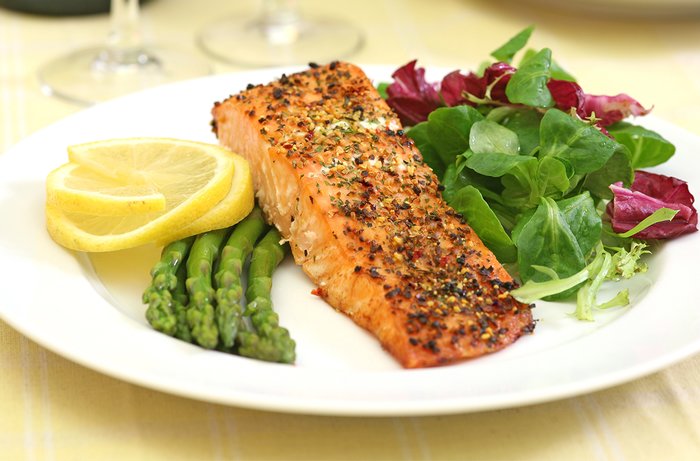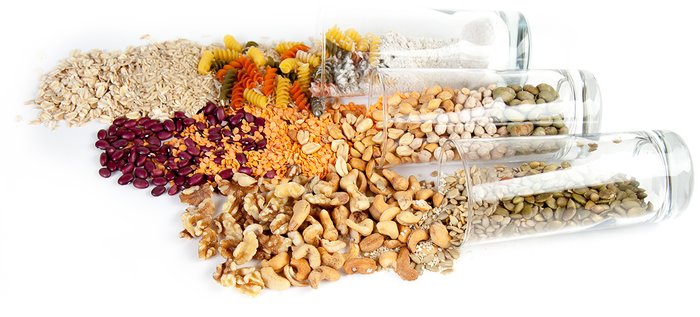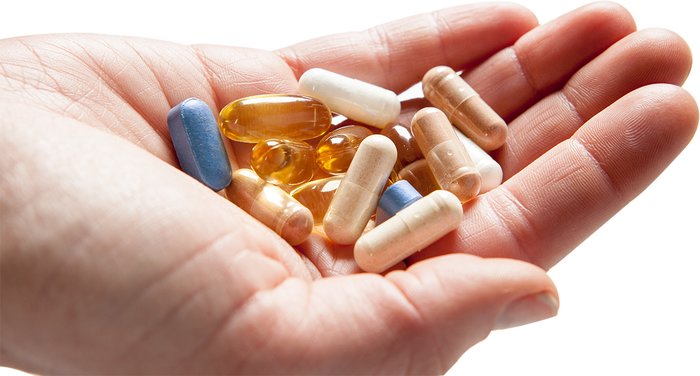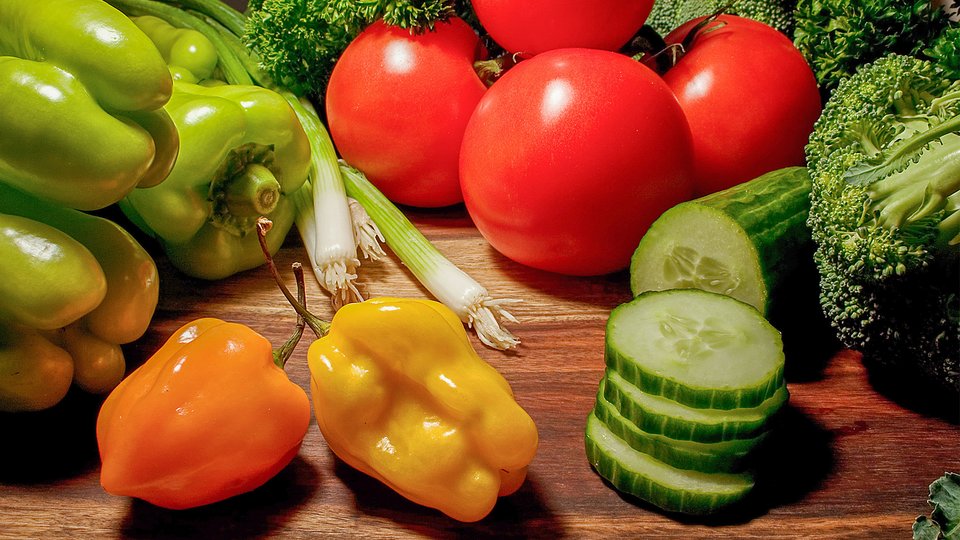Products You May Like
Tell someone that you’re on or thinking about going on a vegetarian diet, and you may receive responses along the following lines:
- “Humans have been eating meat for tens of thousands of years; We’re designed to eat it”
- “How will you ever get all the nutrients you need?”
- “I guess that means you can’t lift weights anymore; you won’t have enough strength.”
Contrary to popular belief, a vegetarian diet can help you improve your health, shed unwanted body fat, and build muscle. You just need to make sure you lay out a meat-free approach that helps you reach your goals instead of working against them. Here are some of the key building blocks of a solid vegetarian-diet foundation.
1. Finding Your “Why”
Whether for environmental, political, dietary, ethical, or personal reasons, be clear from the onset why you want to follow a vegetarian diet. This way of eating may require a little more thought, planning, time, and money than you’re used to. Being clear on your reason can help you stay motivated when you’re thinking it’s about time for a bacon cheeseburger.
2. Figuring Out Your Version of Vegetarianism
Choosing to follow a vegetarian diet entails more than removing meat from your plate. What about milk? What about eggs? Will you still eat fish?

Vegetarianism is a catchall category that can be broken down into more specific diets:
- Lacto-vegetarian: Includes all dairy products, but omit eggs
- Ovo-vegetarian: Includes eggs, but omit dairy
- Lacto-ovo: Includes both dairy and eggs
- Pescatarian: Includes dairy, eggs, and fish
- Veganism: Abstains from all animal meat and products, including eggs, dairy, and honey, as well as potentially abstaining from all products made from animals, such as gelatin
Keep in mind the local availability and price of the key foods in each diet, and understand how to combine them to meet your minimum daily nutritional requirements.
An excellent source for delicious (and nutritious) vegetarian recipes is Bodybuilding.com’s own Recipe Database.
3. Learning How to Combine Proteins
To maintain your health, you need the nine essential amino acids (EAAs) not produced by your body. A protein that contains all nine EAAs is considered a complete protein; conversely, a protein source that is missing one or more of these EAAs is an incomplete protein.

Without these nine essential amino acids, your body can’t take full advantage of the protein you consume. You can get all nine from animal-based protein sources and from a handful of plant-based sources, such as soy and quinoa. But most plant-based protein sources are incomplete, so you have to learn how to combine these sources to get all nine EAAs.
4. Supplementing Your Diet Wisely
As a rule, people following a vegetarian diet don’t get all the iron, vitamin B-12, and zinc they would if they consumed animal proteins. Depending on whether you include dairy, you may also need additional calcium.
These essential nutrients play an integral role in growth and development, metabolism, neurological function, and energy production. Supplemental sources can help you meet your minimum daily nutritional needs. You may also want to add beta-alanine and creatine to your diet to get the most benefit from your exercise routine.

5. Being Conscious of Calories
The foundation of a well-rounded vegetarian diet includes high-fiber, nutrient-dense foods. But some plant-based food sources, such as beans and meat substitutes, pack in a surprisingly large amount of carbs and extra calories. The challenge of some vegetarian diets is to get all the complete protein you need without overshooting the mark on daily calories.
But fear not: There are plenty of vegetarian food options that can get you the fiber and protein you need without all the extra calories—and that still give you the feeling of fullness that helps you stick with any diet.
And the next time someone at the gym asks you why you have so much energy, you can just give them a nod and a wink and tell them it’s all about what you eat.
